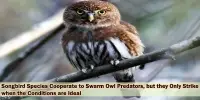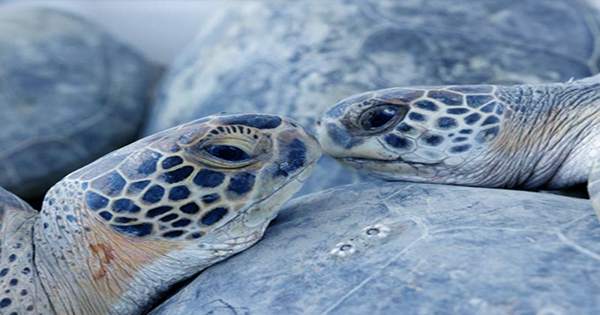According to a recent research published in Science, a recently found type of bacterium is by a massive margin the biggest ever seen. The single-celled bacterial cell is around 5,000 times bigger than the majority of other known bacteria and is similar in size and form to a centimeter-long human eyelash. In a news conference, Jean-Marie Volland, a marine scientist from Lawrence Berkeley National Laboratory and the first research author, remarked, “To put things in perspective, it is the equivalent for humans to encounter another human that would be as big as Mount Everest.”
Of course, he said, “it was quite a surprise. This enormous bacterium, known as Thiomargarita magnifica, was initially found by Olivier Gros, a marine biology professor at the Université des Antilles in Guadeloupe, while scuba diving in a Caribbean mangrove swamp. He initially believed it to be a eukaryote, the sort of cell that makes up animals and plants, due to its enormous size. Under a strong microscope, he discovered it lacked the traditional characteristics of a eukaryotic cell, such as a well-defined nucleus and mitochondria. Much to his amazement, more probing revealed that this was a bacteria.
In the mangroves, Gros has discovered the unusual filament-like bacteria adhering to leaves, oyster shells, glass bottles, and even trash bags. The majority of bacteria have minuscule cells, which are generally two micrometers long. Scientists traditionally thought that the theoretical maximum size for a microbe was a few hundred micrometers; nevertheless, certain “giant bacteria” can reach this size. With a width of 20,000 micrometers, or 2 centimeters, or almost as broad as your thumb, this new species defies the theoretical maximum.
These germs are really strange in many ways. Normally, bacteria have their DNA floating about in the cytoplasm of their cells, but these enormous bacteria take a more structured approach, storing several copies of their genome inside structures with membranes and distributing them across the whole cell. They are also quite resilient. The researchers found it “puzzling” because they could pick up the lash-sized cells and manipulate them without worrying that they would break.
Additionally, it reproduces in a peculiar manner. The DNA-containing bud is formed as the filament contracts and finally separates. Then, this bud is “pinched” off and releases into the surroundings. But despite their terrifying size, they don’t seem to be dangerous to people. They are not human pathogens. I don’t think we have any issues with anybody,” Gros said.
The researchers were eager to explore T. magnifica’s genetic intricacy since it contradicts a lot of what we think we know about bacteria. It possessed three times as many genes as the majority of bacteria, according to DNA analyses. Interestingly, it also lacked several self-division genes and possessed duplication of genes that encode elongation genes. When the gigantic separated from other genus members, though, is unclear. Although the team has only begun to hazard a guess as to why the bacteria could have developed these peculiar traits, they have begun to consider potential benefits of growing to enormous sizes.
Predation prevention is one theory. According to Volland, you cannot be eaten by your predecessors if you grow to be 100,000 times bigger than them. Another popular explanation holds that the bacteria’s long, slender structure aids in energy synthesis. The hydrogen sulfide contained in the mangrove mud is used by this bacteria through chemosynthesis to create its “meal,” but it also needs oxygen from water. The bacteria’s elongated structure may aid in “bridging the gap” between the sulfur-rich sediment and saltwater contact.
T. magnifica is surrounded by a lot of unknowns. The next step is to grow the bacteria in a lab, which has so far been challenging but is necessary to address some of these problems. The team is hopeful that science will discover odder and amazingly complicated bacteria as we continue to study microorganisms, even while the mystery surrounding this bacterium monster persists for the time being. “We should investigate how complexity has evolved. Shailesh Date, founder and CEO of the Laboratory for Research in Complex Systems and one of the article’s senior authors, said, “We have really not studied the microbial world. “[We] could uncover a lot of bacteria with these incredible morphological traits that are more akin to what you would see in allegedly higher order species, like eukaryotes,” said the researcher.
















